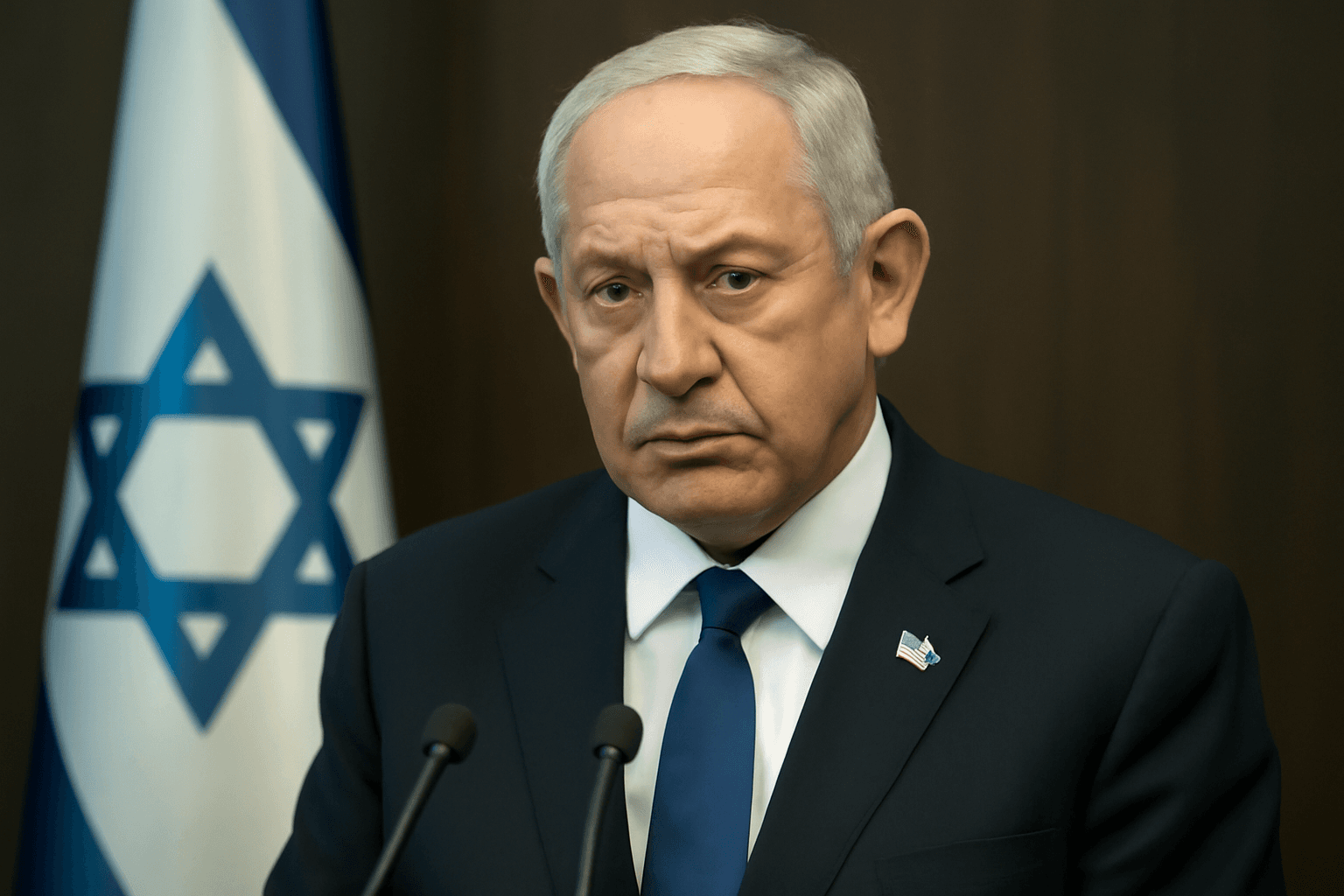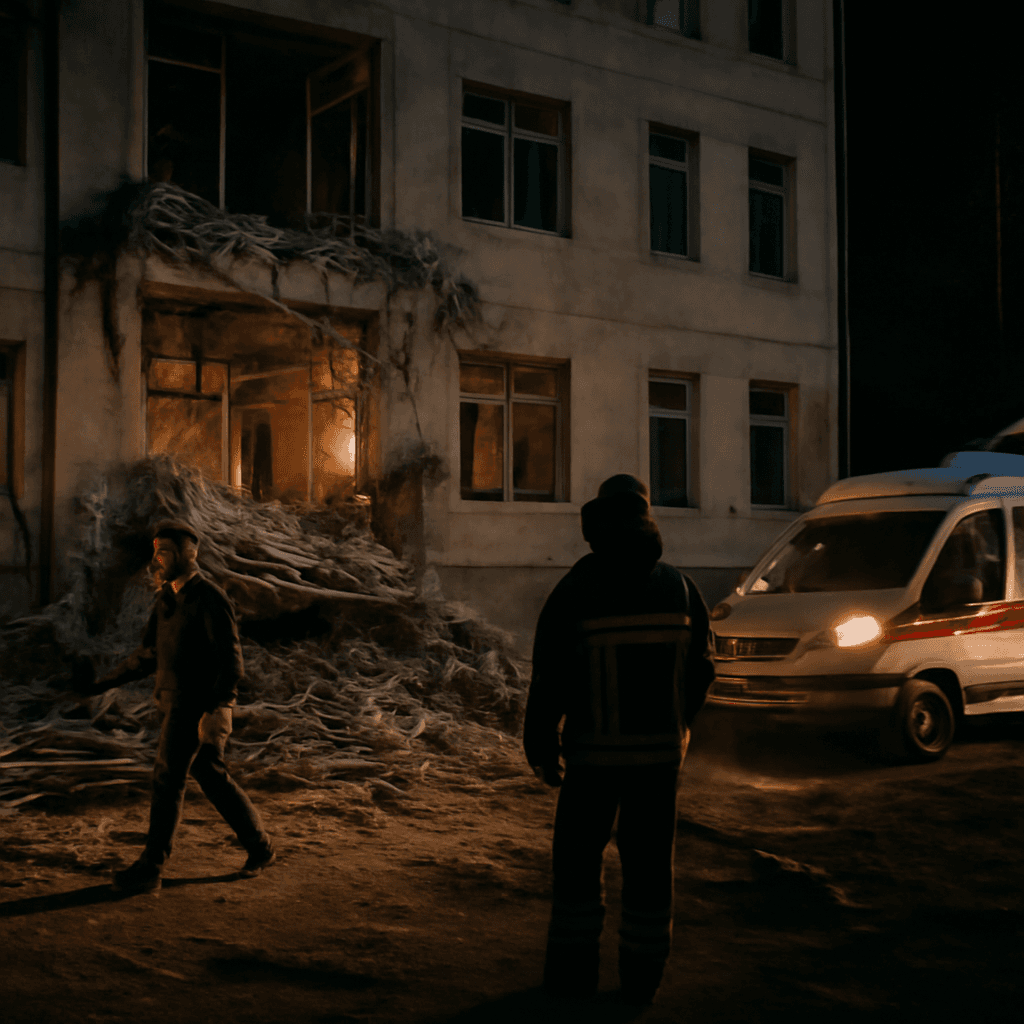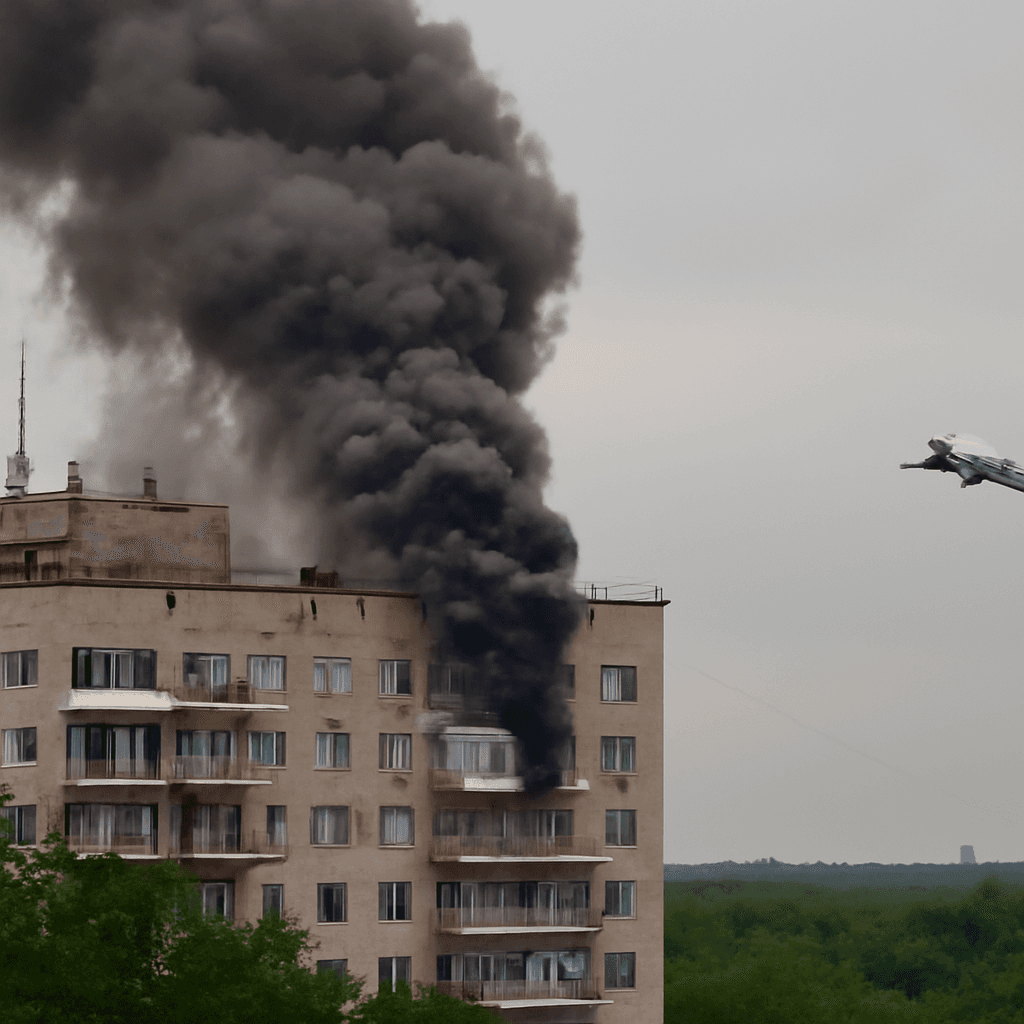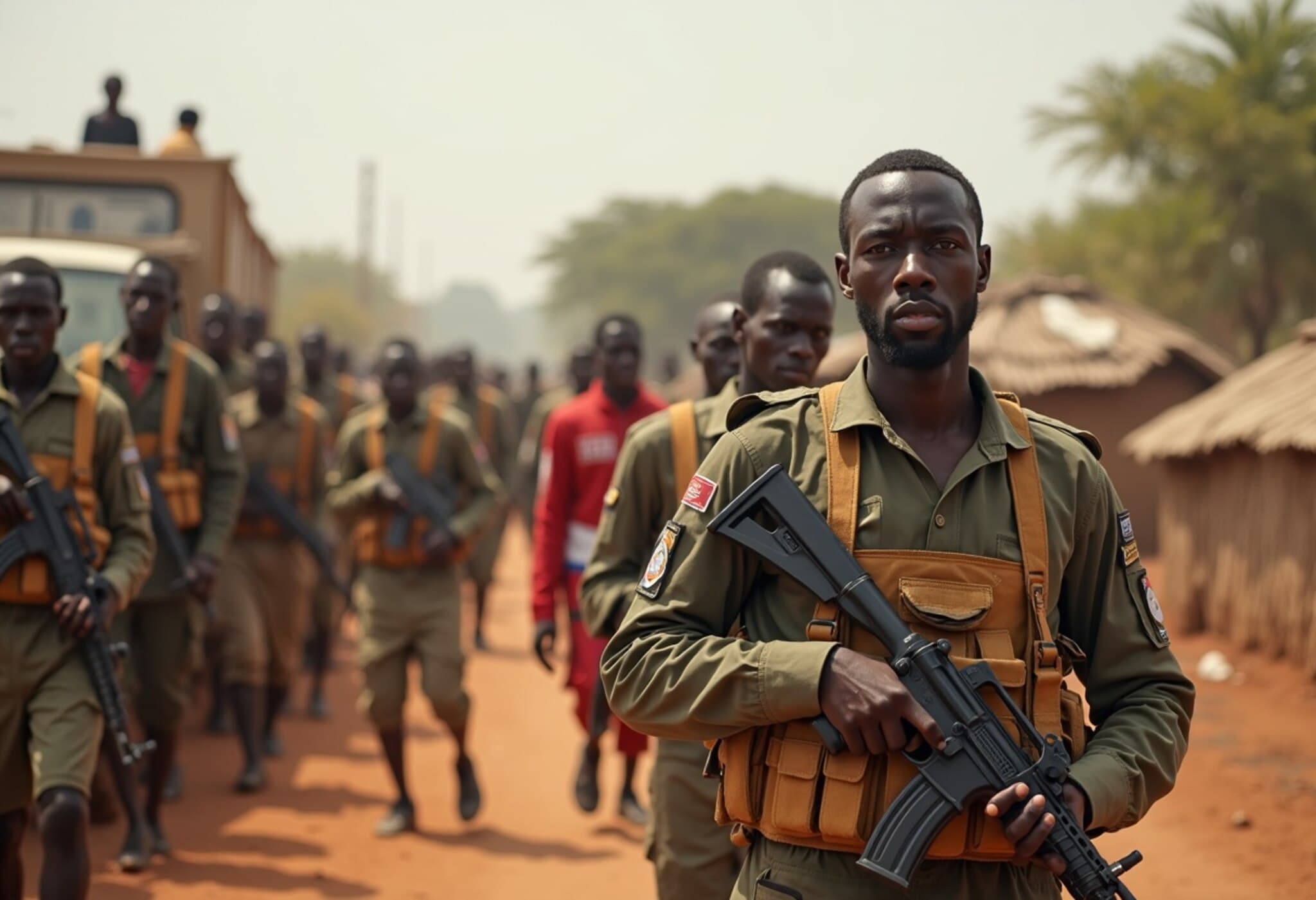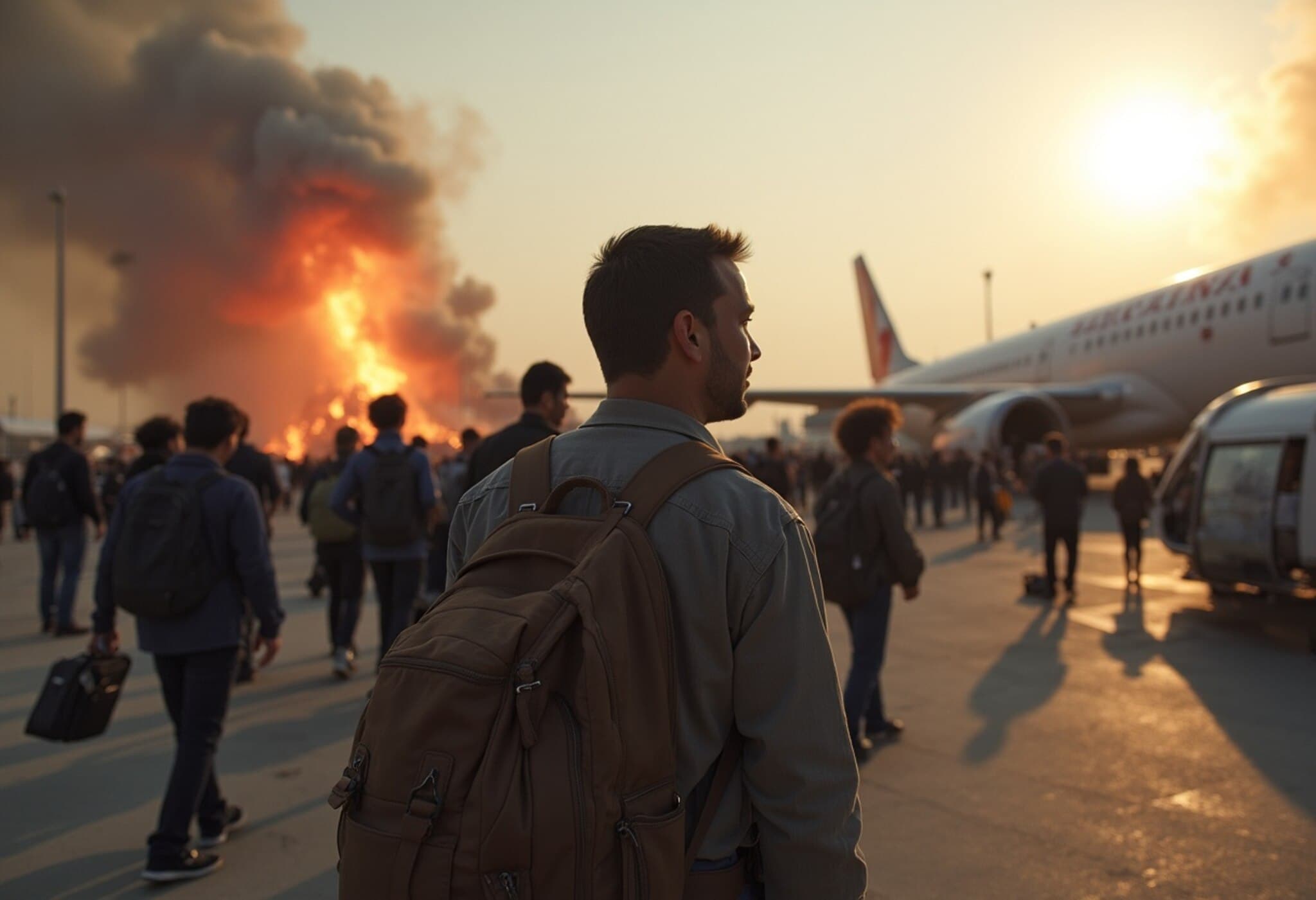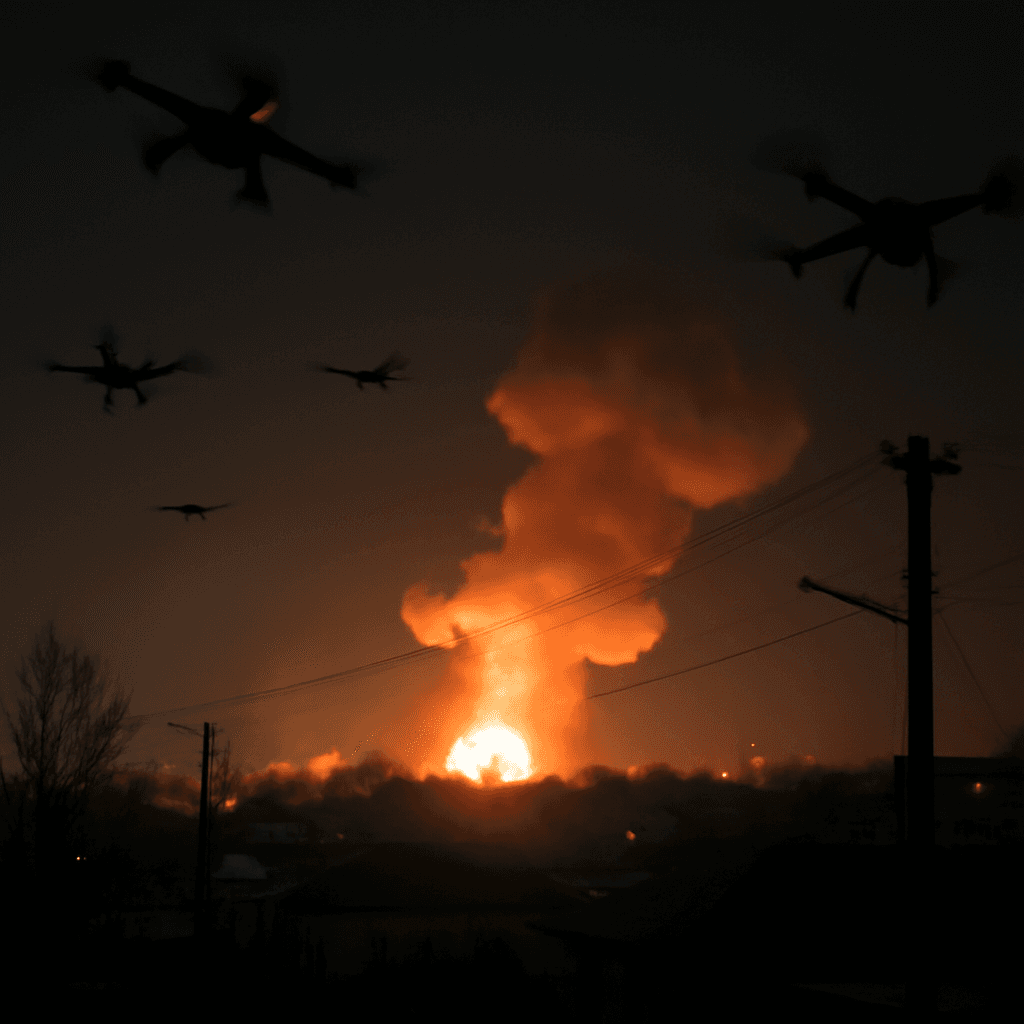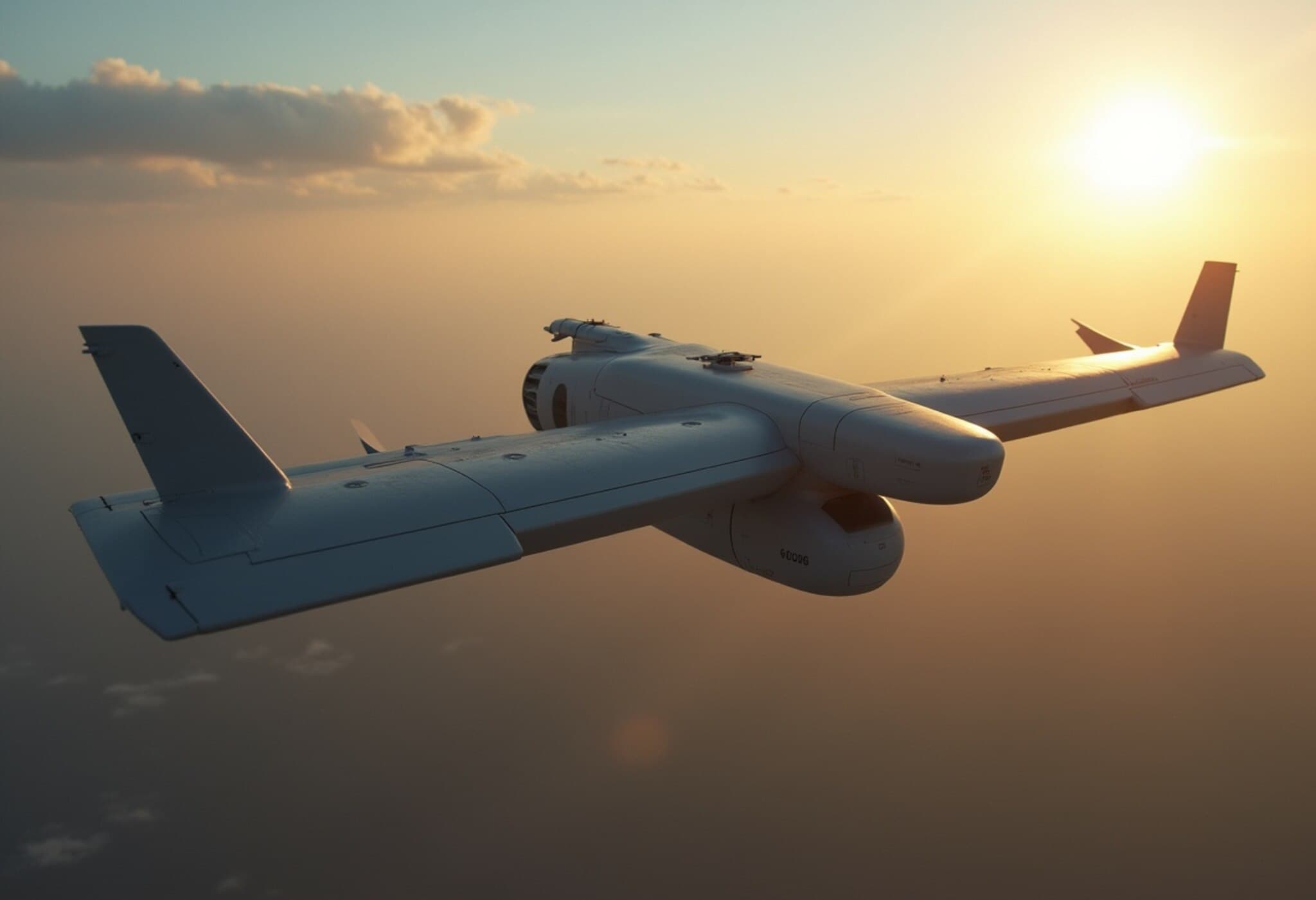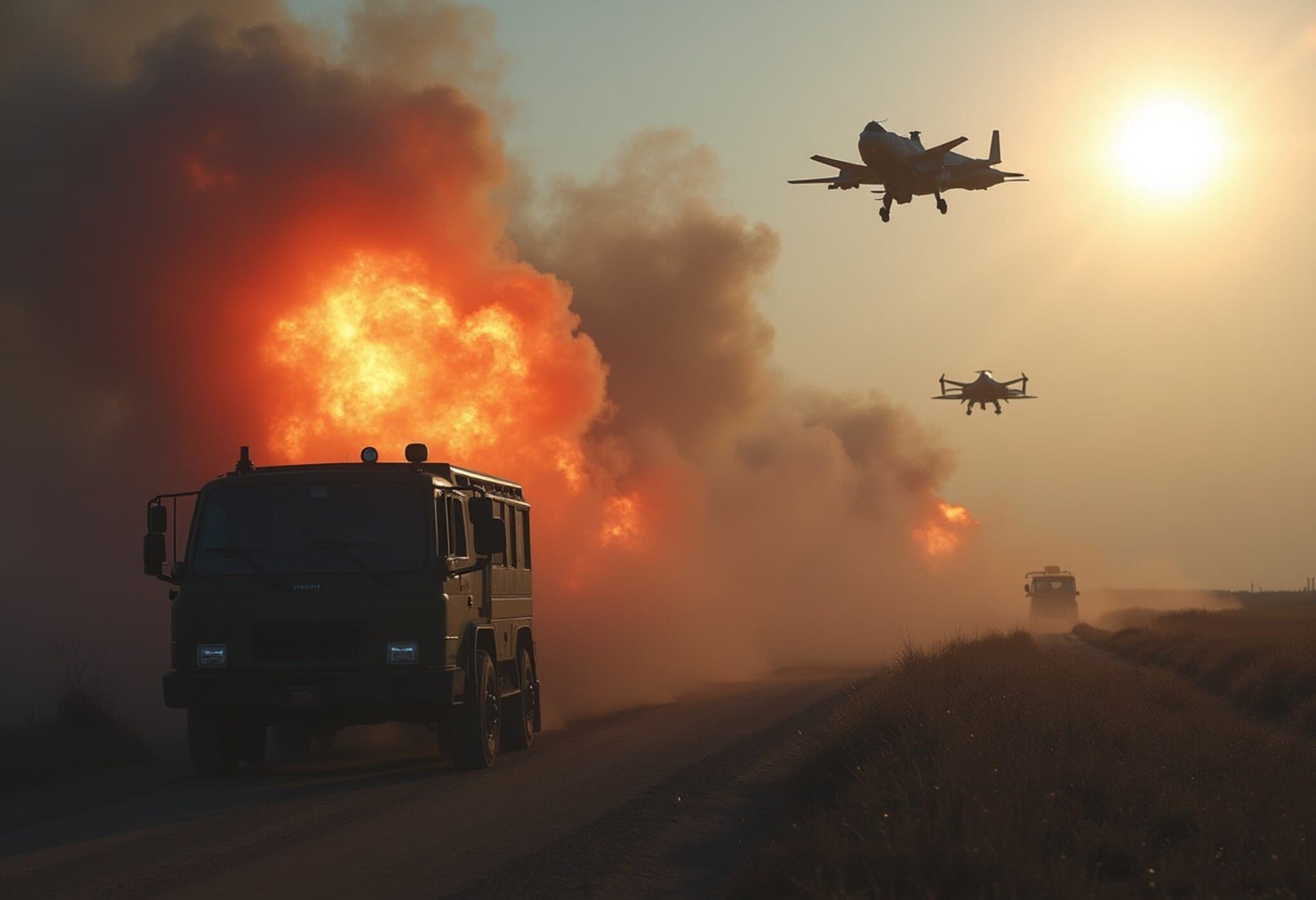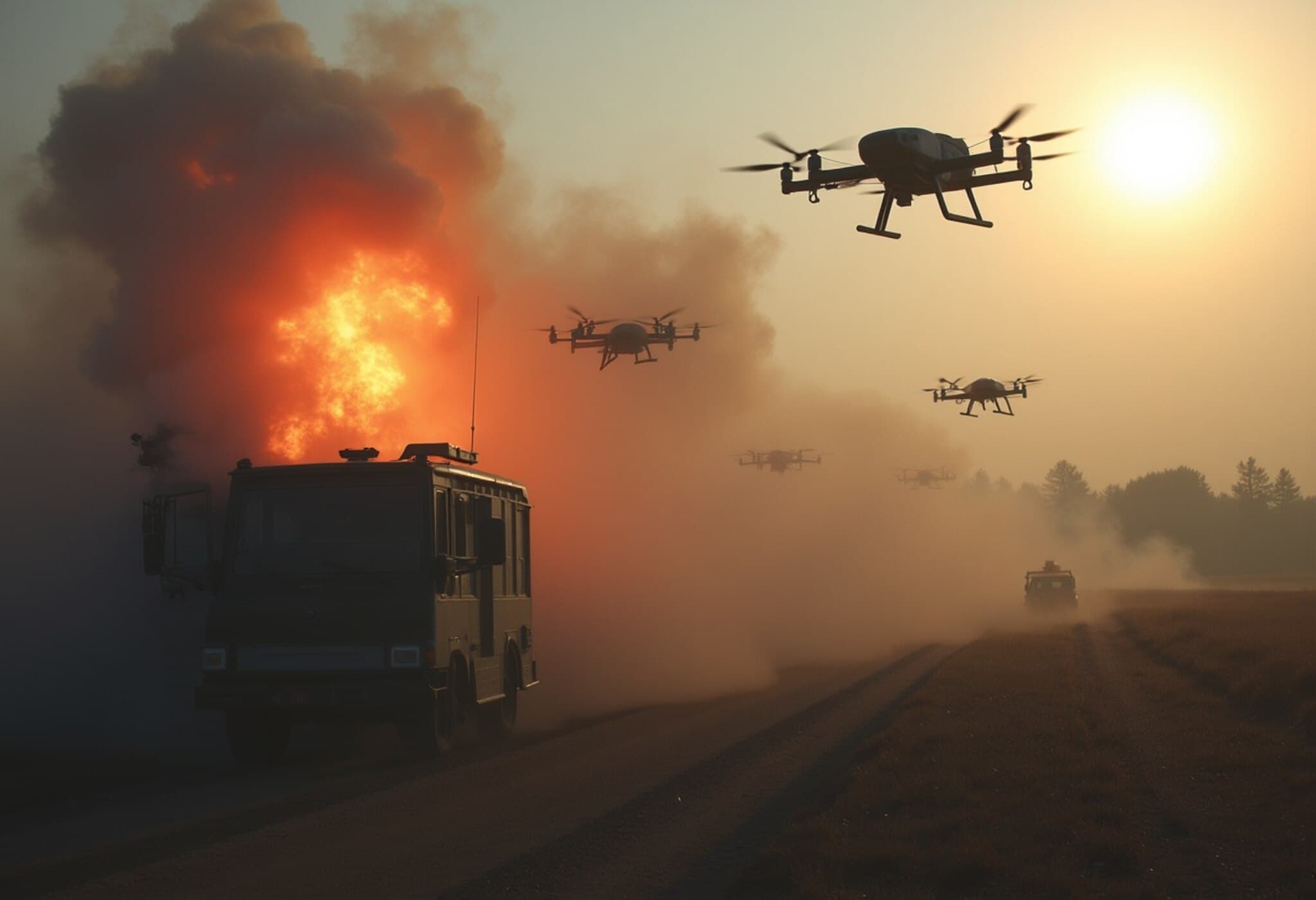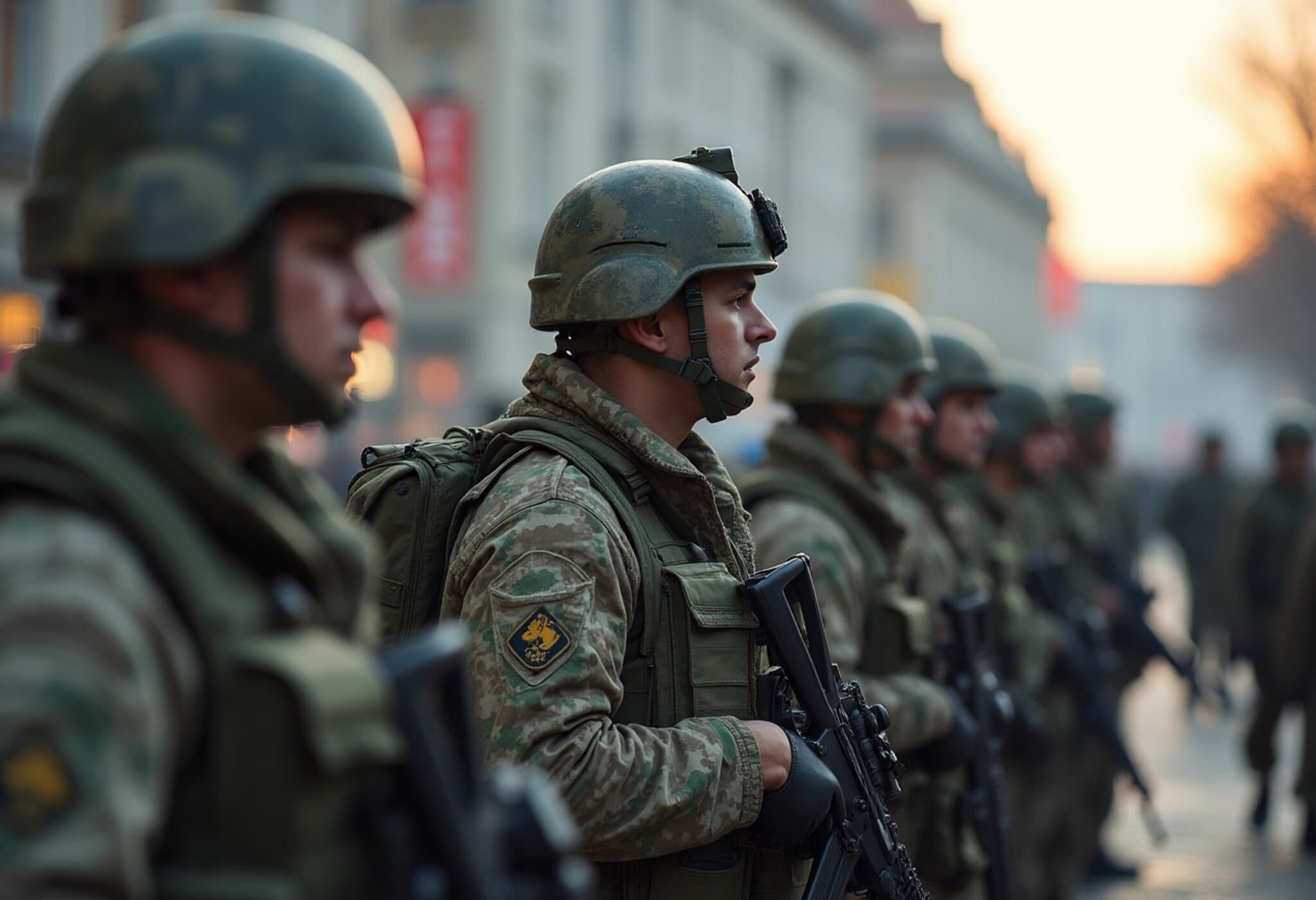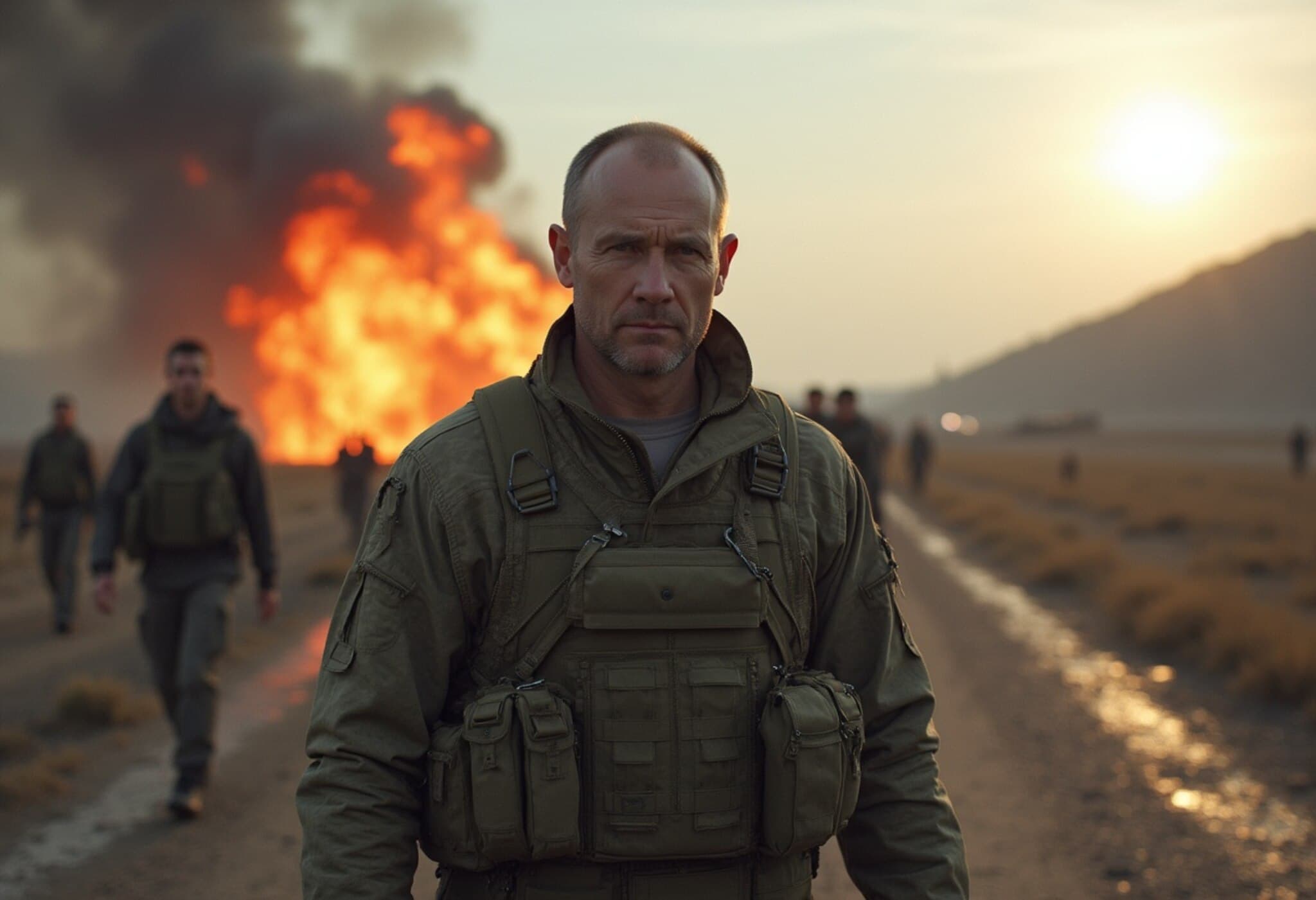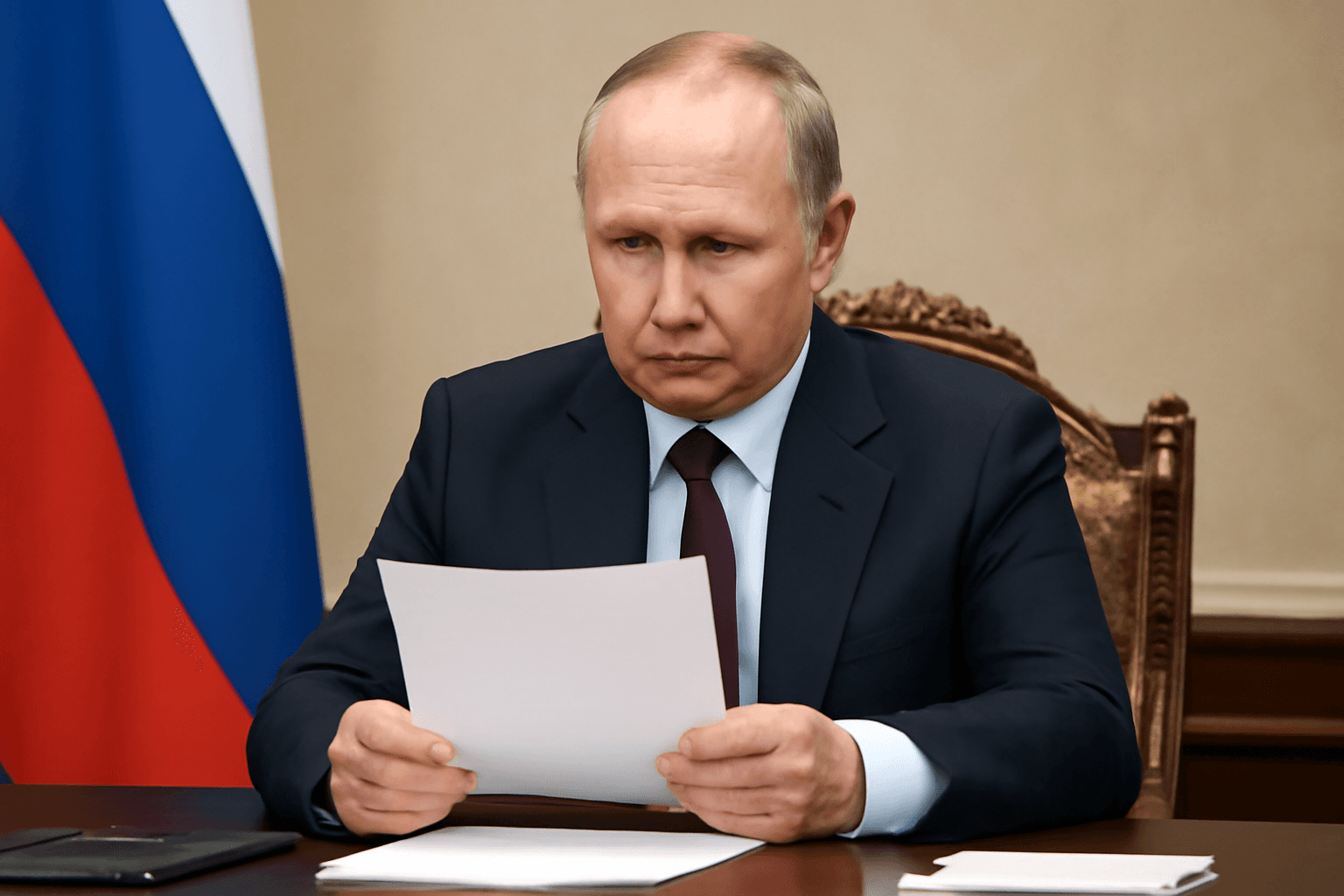Russia Executes Largest Drone and Missile Attack on Ukraine in Over Three Years
In a staggering escalation of the ongoing conflict, Ukraine has reported that Russia unleashed its most extensive aerial assault since the war began more than three years ago, deploying an unprecedented 728 drones and 13 missiles in a single strike. This massive operation eclipses last week’s record attack, highlighting a dangerous intensification of hostilities.
Ukrainian Air Defenses Respond with Resilience
Despite the overwhelming scale of the offensive, Ukraine’s advanced air defense systems intercepted an impressive 718 of the drones, showcasing the growing sophistication and resilience of Kyiv’s military capabilities. The mayor of Lutsk, a city in western Ukraine, reported no casualties or injuries, indicating that the defense measures successfully protected civilian areas from significant harm during this barrage.
Context: Political and Strategic Implications
This wave of attacks coincides sharply with recent geopolitical developments. Last week, former U.S. President Donald Trump announced a shift toward increasing military aid to Ukraine, a move that reversed earlier hesitancy and drew sharp criticism from Moscow. Trump openly accused Russian President Vladimir Putin of making unfounded statements about Ukraine, heightening tensions on both sides.
In response to the attack, Ukrainian President Volodymyr Zelenskyy condemned the Kremlin’s relentless aggression, emphasizing how this assault undermines ongoing peace efforts. He poignantly remarked, “This is a telling attack — and it comes precisely at a time when so many efforts have been made to achieve peace and establish a ceasefire, yet only Russia continues to rebuff them all.”
Analyzing the Underlying Dynamics
Experts suggest that Russia’s unprecedented use of drones alongside missile strikes signals a strategic pivot toward saturation attacks designed to overwhelm Ukraine’s air defenses. This tactic reflects broader trends in modern warfare, where unmanned aerial vehicles (UAVs) are increasingly central to offensive campaigns due to their cost-effectiveness and versatility.
However, Ukraine’s ability to intercept an overwhelming majority of the drones is a testament to advancements in its defense technology, supported extensively by Western allies. This resilience not only safeguards civilian populations but also delivers a critical psychological boost to Ukrainian defenders amid protracted conflict.
What This Means for the U.S. and Global Actors
The United States' renewed commitment to supplying arms and military aid to Ukraine demonstrates a strategic resolve to counter Russia’s aggression. This shift, coupled with sharp rhetoric from influential political figures, underscores how the conflict remains a pivotal flashpoint in U.S.-Russia relations and broader international security.
As the war drags on, questions loom about the sustainability of current defense strategies and the potential for escalations that could draw in more international stakeholders. Observers also watch closely how diplomatic efforts might recalibrate in the shadow of such aggressive acts.
Key Takeaways
- Record Attack: Russia’s deployment of 728 drones and 13 missiles marks the largest aerial strike against Ukraine in over three years.
- Effective Defense: Ukraine’s air defense systems intercepted 718 drones, preventing casualties in targeted cities like Lutsk.
- Political Context: The attack follows U.S. political developments around increased weapons support for Ukraine and sharp exchanges between Trump and Putin.
- Strategic Implications: The use of drones in mass numbers indicates evolving tactics in modern warfare and underscores the importance of robust air defenses.
Editor's Note
The latest wave of drone and missile attacks represents more than a military escalation—it symbolically underscores the fragile balance between warfare and diplomacy in Eastern Europe. As Kyiv fortifies its defenses and international partners reassess commitments, the global community finds itself at a crossroads. Will increased military aid deter further aggression or deepen the conflict’s reach? How might innovative defense technologies shape the future of aerial combat? These pressing questions deserve close scrutiny as the situation evolves.


